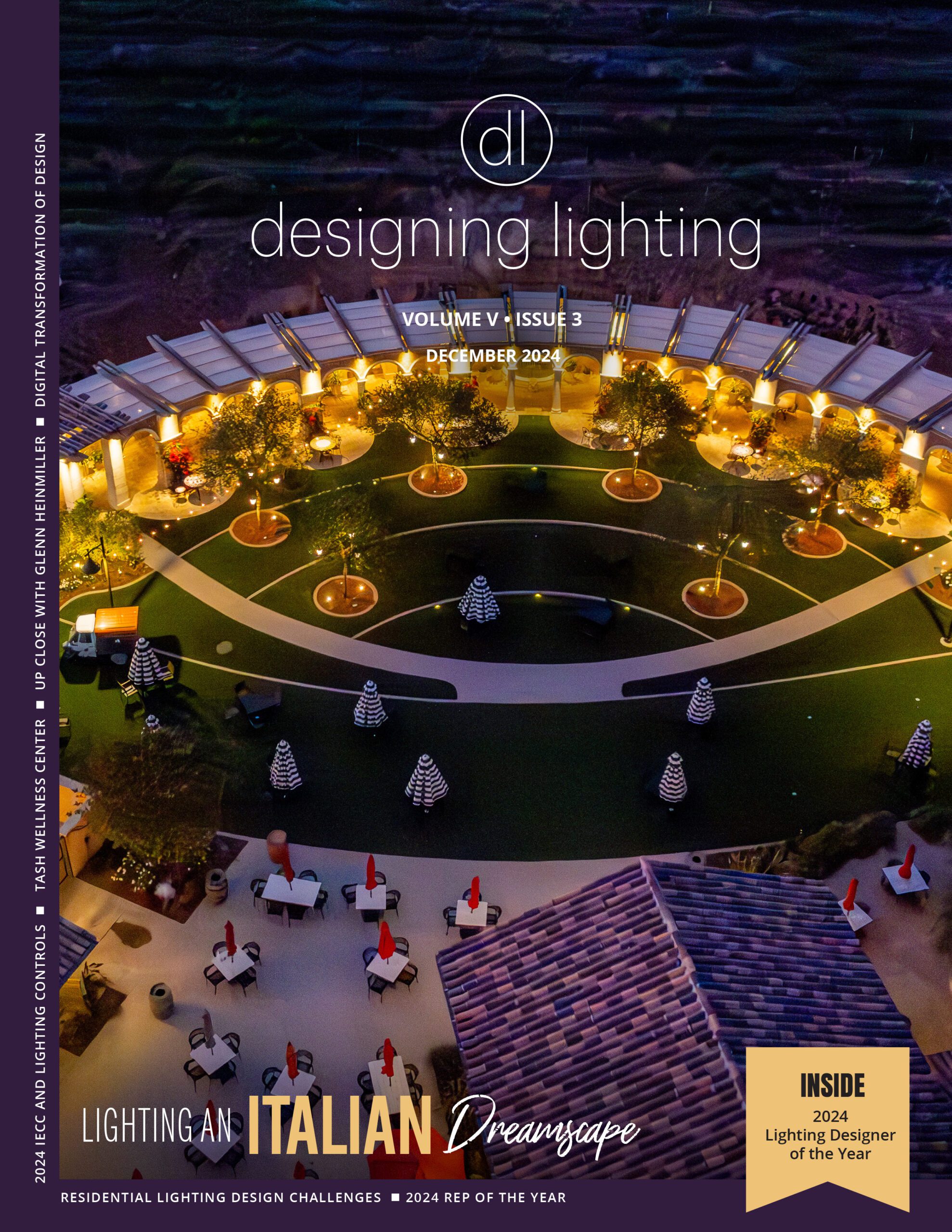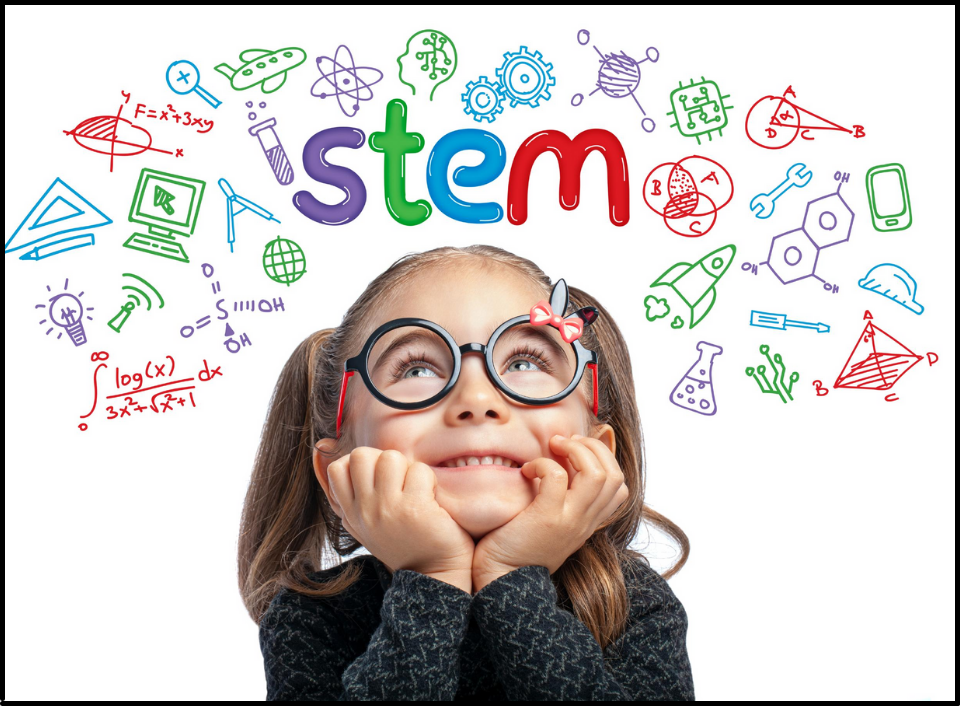Recently, I attended the Lighting Education, Diversity, + STEM round table discussion hosted by Women in Lighting Design (WILD). The round table featured industry leaders and professionals from all walks of life as they gathered to discuss the role of women and minority groups within the lighting design industry and share their thoughts on how to make the industry more welcoming and accessible to all.
The panelists included Glenn Shrum, Assistant Professor of Lighting Design and Interdisciplinary Practice at The New School: Parsons School of Design; Vicki A. Hobson, Director of Human Resources at Syska Hennessy; Michael Conway, Founder and President at Stacks + Joules; Francisca Peral, Program Facilitator at Stacks + Joules and former student of Conway; and Paula Martinez-Nobles, Principal at Fisher Marantz Stone.
The discussion was moderated by Kim Daley, Senior Designer at Hartranft Lighting Design and a WILD New York City Committee Member.
The round table discussion started off with a poll to the audience: At what point is it appropriate for children to be exposed to STEM (that is, Science Technology Engineering and Mathematics)? Perhaps unsurprisingly, as one purpose of this webinar was to discuss ways in which more accessible STEM education can help bridge some inequities in representation in the lighting industry, over 90% of the audience answered that ages 3-9 was an appropriate age to introduce STEM into a child’s education. This poll would set the tone for a common theme throughout the discussion: that earlier and more accessible STEM education could serve as an important tool in helping more women and minorities access the lighting industry.
The panel discussion kicked off by, essentially, naming the problem at hand, and exploring two questions— Who do you feel is missing from the lighting industry? And what kinds of barriers promote this lack of diversity?
Almost all of the panelists concluded that a lack of women and minorities was the biggest demographic missing from lighting design, with Paula Martinez-Nobles, a woman of proud Colombian heritage, noting lightheartedly when asked who was missing from the industry— “people like me.” Francisca Peral spoke to that note by discussing the importance of seeing people who look like you when aspiring to join an industry. As a recent graduate who just joined the industry herself, Peral views the women of color that paved their way into this industry to be crucial for young women trying to follow suit. She stated, “Having mentors who look like you gives you a sense of belonging and empowerment when trying to join any industry.”
Glenn Shrum additionally noted that a lack of economic diversity is missing from the industry, which, from his role at Parsons, he views as symptomatic of the high barriers to higher education in this country, especially in STEM-related fields.
“Having mentors who look like you gives you a sense of belonging and empowerment when trying to join any industry.”
― Francisca Peral
Indeed, STEM education was a topic that was revisited throughout the discussion as panelists discussed their ideas of how to achieve better representation in lighting design. Most of these conversations centered around how to make underrepresented groups feel comfortable and empowered to explore STEM during their early education. Martinez-Nobles, who earned her degree in architectural engineering from a predominately white university, remembers how she took solace in her minority-focused engineering student groups while in college, and shared her belief that introducing similar groups during high school could help minority students feel like they have a place in STEM. Mike Conway, a lifelong educator who specializes in making mathematics and technical learning more accessible, discussed the importance of mentorship and work-based learning when trying to introduce young people into STEM. Peral, a former student of his, agreed with this approach, and described how the mentorship provided by Conway always made her feel like an equal and empowered her to continue her STEM education.
Glenn Shrum spoke on behalf of lighting design-specific higher education by saying that there was still a lot of work to be done, but that Parsons specifically was taking great strides to make an education in lighting design more accessible. One way in which Parsons is achieving this is through summer and online programs—aspiring designers can now achieve an online interior lighting design certificate on their own time, or students can learn the basics of lighting design during their summer break.
Although access to proper higher educational opportunities is the dream, Martinez-Nobles notes that there are many different paths into lighting, and that you do not have to go to school to be a lighting designer to get into the industry. On that note, Vicky Hobson, director of HR at Syska Hennessy, discussed the inclusive and diverse recruiting philosophy that they have adopted when hiring aspiring designers and engineers out of college. She believes that through this philosophy, a greater sense of diversity in the industry will be achieved and urged other firms to adopt a similar hiring strategy.
In any industry, but especially in an industry such as this one that focuses on designing spaces to be used by all, proper representation of marginalized groups could not be more important. While it seems that there are still many groups missing from the lighting design industry, organizations like WILD, educators like Shrum and Conway, and trailblazers like Martinez-Nobles, Peral, and Hobson are taking the necessary steps and having the hard conversations to make the industry, its barriers to entry, and STEM education systems in general more accessible to all.
This article was originally featured in the June issue of designing lighting (dl)



